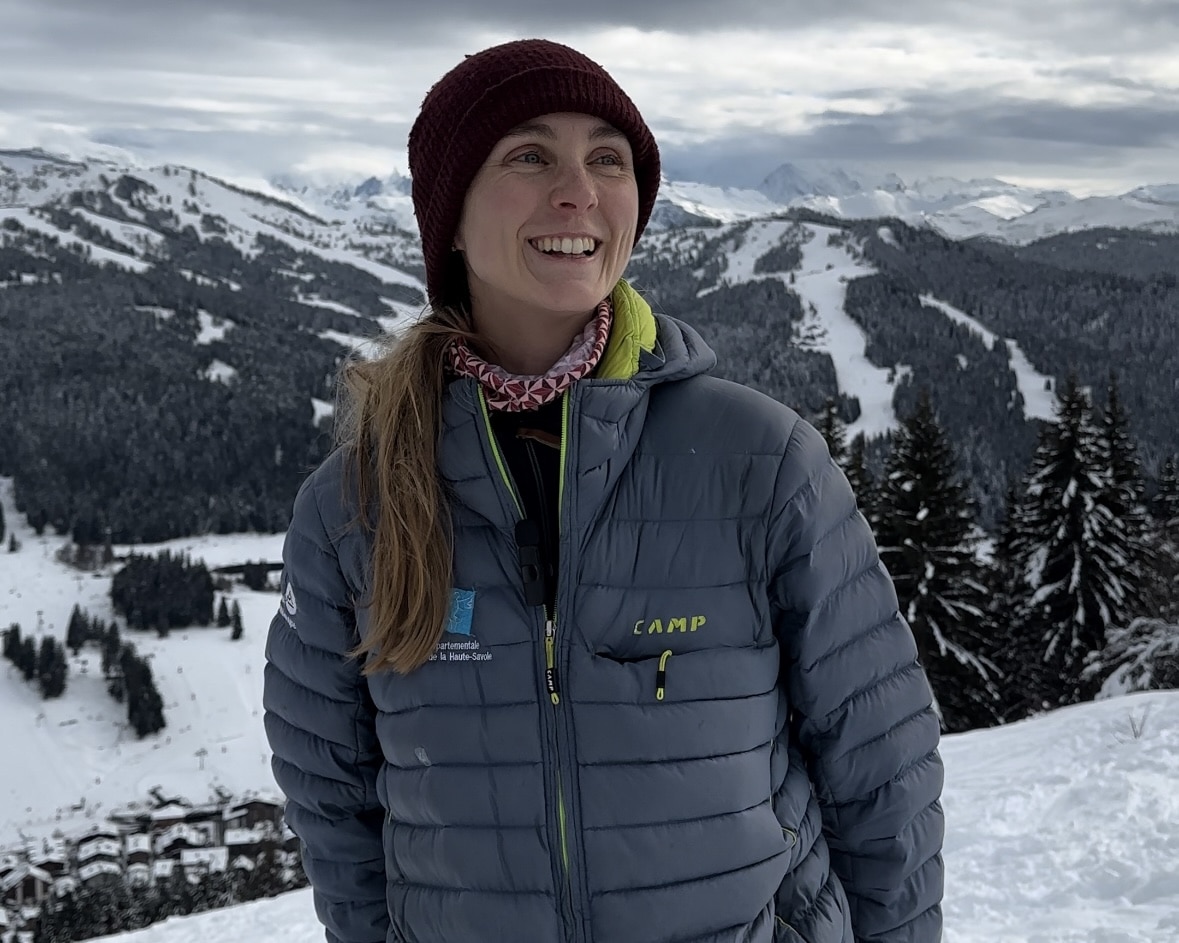As an environmental studies officer for the French hunters’ federation, Sarah works with ski resorts to preserve the habitats of the Black Grouse, an emblematic bird of the French mountains. Find out more about Sarah in our behind-the-scenes series #MADEINLESGETS

Can you introduce yourself first ?
Sarah: My name is Sarah Moret, and I’m in charge of environmental studies at Instinctivement Nature, the hunting federation’s consultancy. I work mainly on ski areas, and in particular on issues relating to galliformes, and more specifically the Black Grouse.
My role is to support ski areas as part of their environmental observatory. This includes carrying out preliminary diagnostics, such as assessing the habitat of the Black Grouse, as well as counting populations.
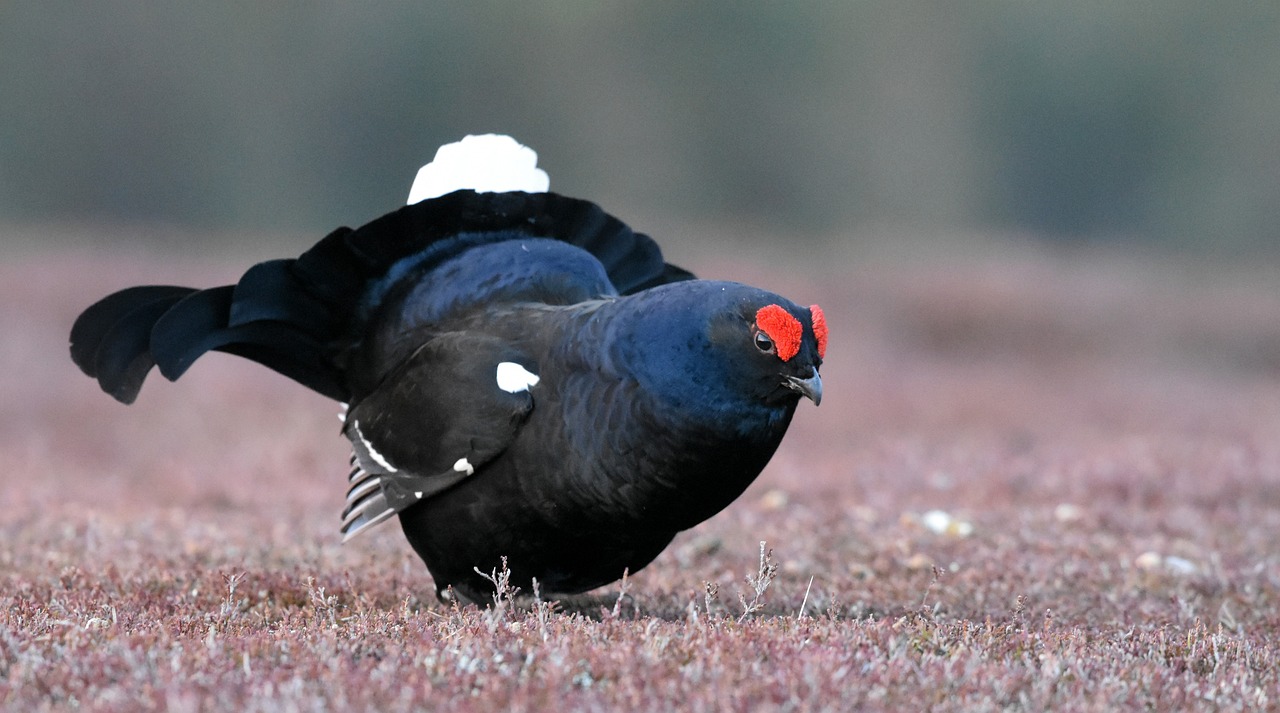
On the basis of these analyses, we propose concrete actions: fencing, marking cables and clearing undergrowth from breeding areas. Occasionally, we organise awareness-raising events with animation stands or Tétras mascots to raise the awareness of the youngest.
Which areas is concerned in Les Gets ?
Sarah: There are two areas in Les Gets, Ranfoilly and Mont Chéry. These areas were identified following an assessment of Black Grouse wintering habitats carried out in 2018. This work enabled us to identify the places where the bird winters.
We do this twice a winter: once before the February holidays, to analyse the number of people using the area. Then a second time at the end of the season, in early spring, to look for Black Grouse nesting sites. These enable us to locate the bird’s winter refuges.
By cross-referencing these data, we can identify the areas at risk. These are areas with important Black Grouse wintering habitat, but which are also subject to heavy use by skiers.
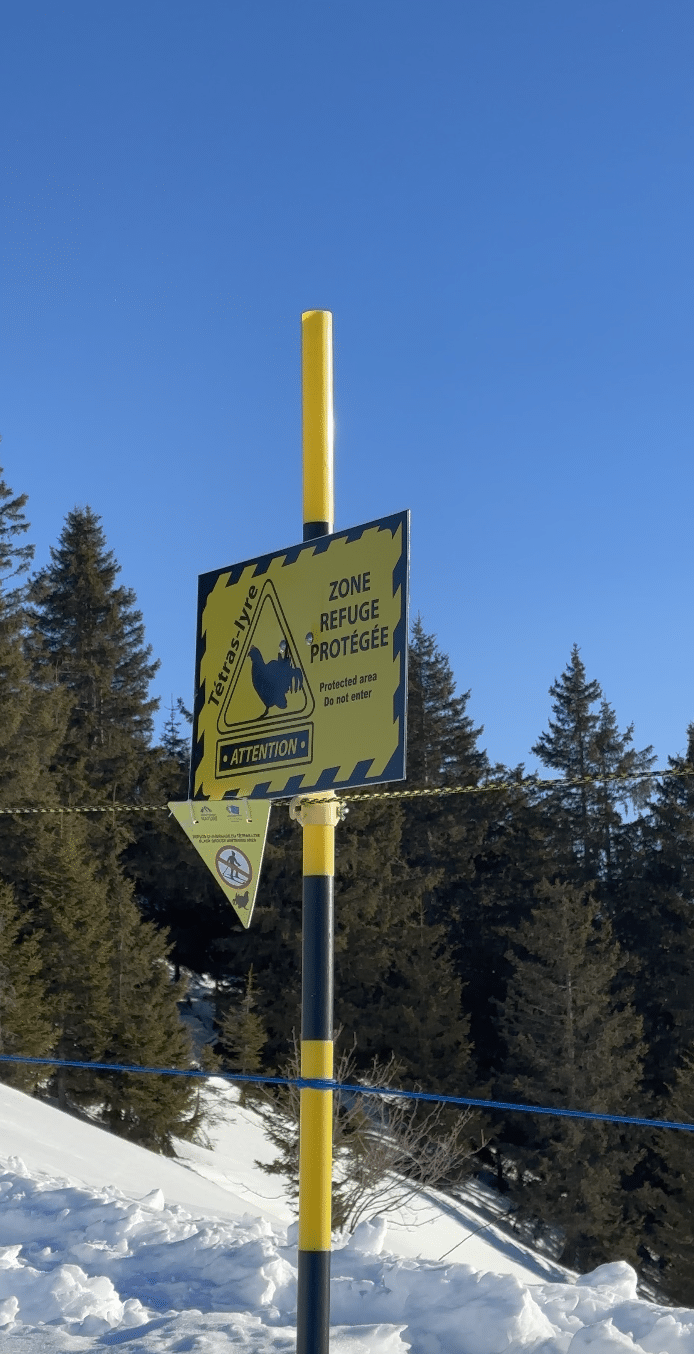
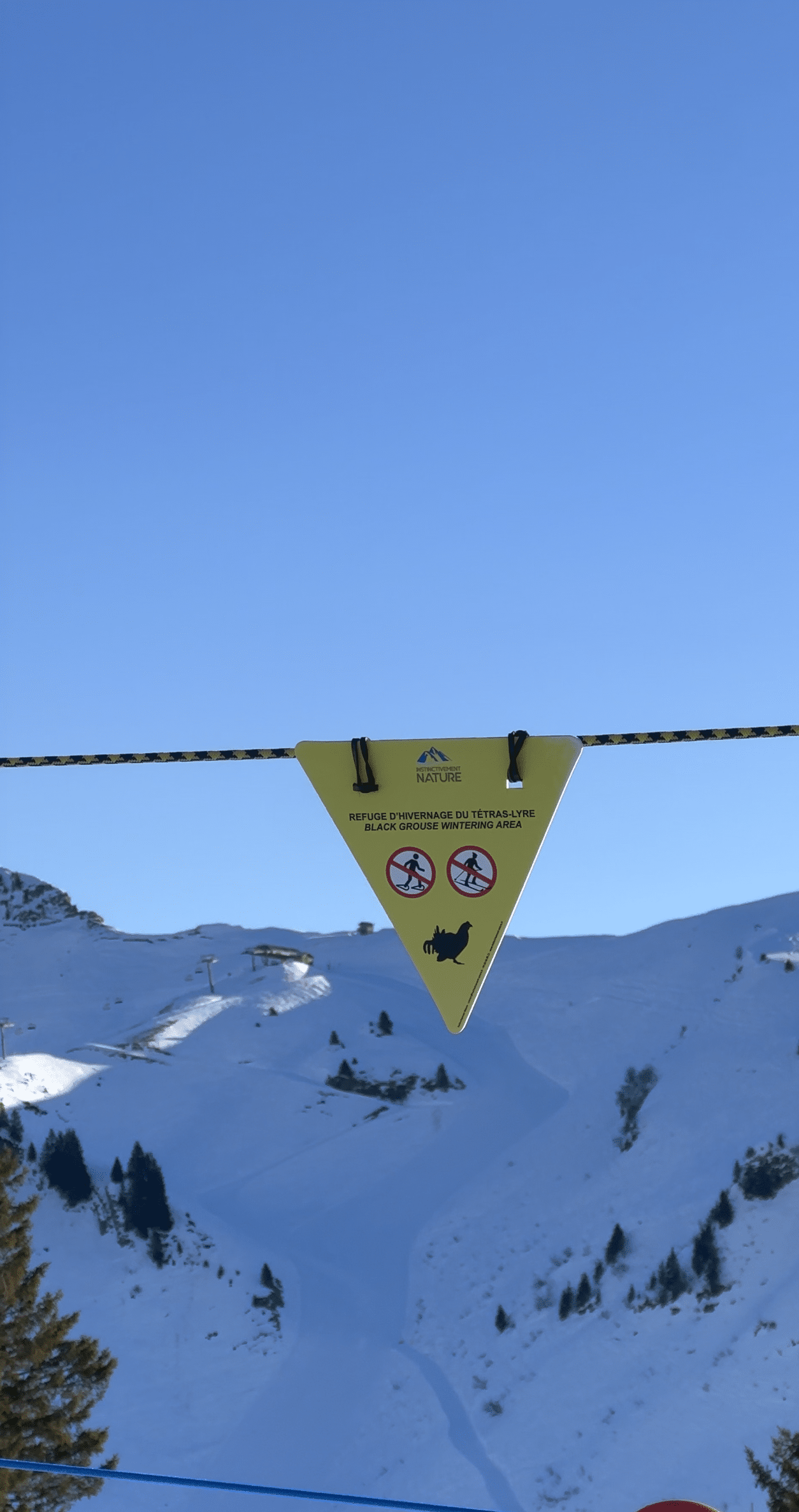
The Ranfoilly has been put under protection in 2019 and is monitored every year to observe changes in bird numbers in this area.
As for Mont Chéry, an area was set aside more recently, in 2022. It already had a wooden palisade which was considered to be a protection area for the Grouse. We added a line of rope to prevent skiers from passing upstream of the area. In this way, this refuge for the Black Grouse is preserved.
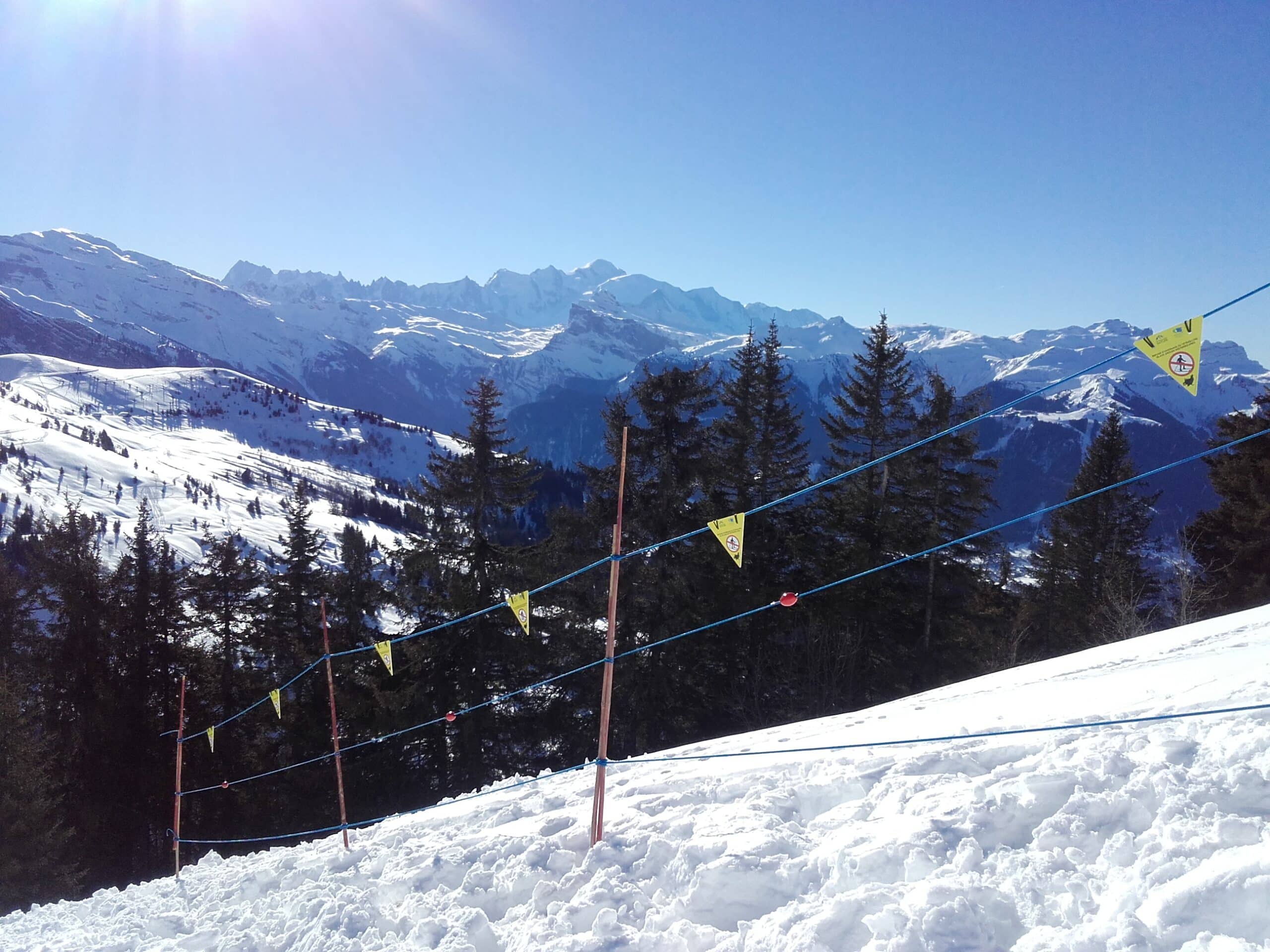
Do you have other missions here ?
Sarah: Yes, I also help the estate with its development projects. We make recommendations for galliformes when creating mountain bike trails, clearing undergrowth or other developments. Depending on the diagnosis, we assess the feasibility of a project and the compensatory measures needed to protect the birds.
Recent counts have enabled us to count around ten roosters, both at Mont Chéry and Ranfoilly. That’s around twenty roosters in all. Taking into account the other sightings, this represents around forty birds on the whole estate, which is rather positive.
